If you love the delicious taste and wholesome nutrition of blueberries, you might be thinking about growing and harvesting your own.
It doesn’t need to be hard to grow blueberries. In fact, The Old Farmer’s Almanac says, “Blueberries are one the easiest fruit to grow … You amend the soil, plant the bush, mulch, and water. That’s it! No spraying, no endless pruning, or other maintenance. Most blueberries are self-pollinating, although two different varieties will insure heavy fruit set.”
But just because blueberries are easy to grow compared to some other fruits, that does not mean that it is impossible to get it wrong.
To give your blueberry plants the best chance of growing successfully and producing abundant fruit, here are some common newbie mistakes to avoid.
Jump to:
- 1. Not growing enough blueberries.
- 2. Growing blueberries in full or partial shade.
- 3. Trying to plant blueberries in alkaline soil.
- 4. Mulching improperly or not at all.
- 5. Not planting in soil that drains adequately.
- 6. Not catching problems with fungus or blight in time.
- Avoid These Mistakes and Look Forward to Delicious Blueberries
1. Not growing enough blueberries.
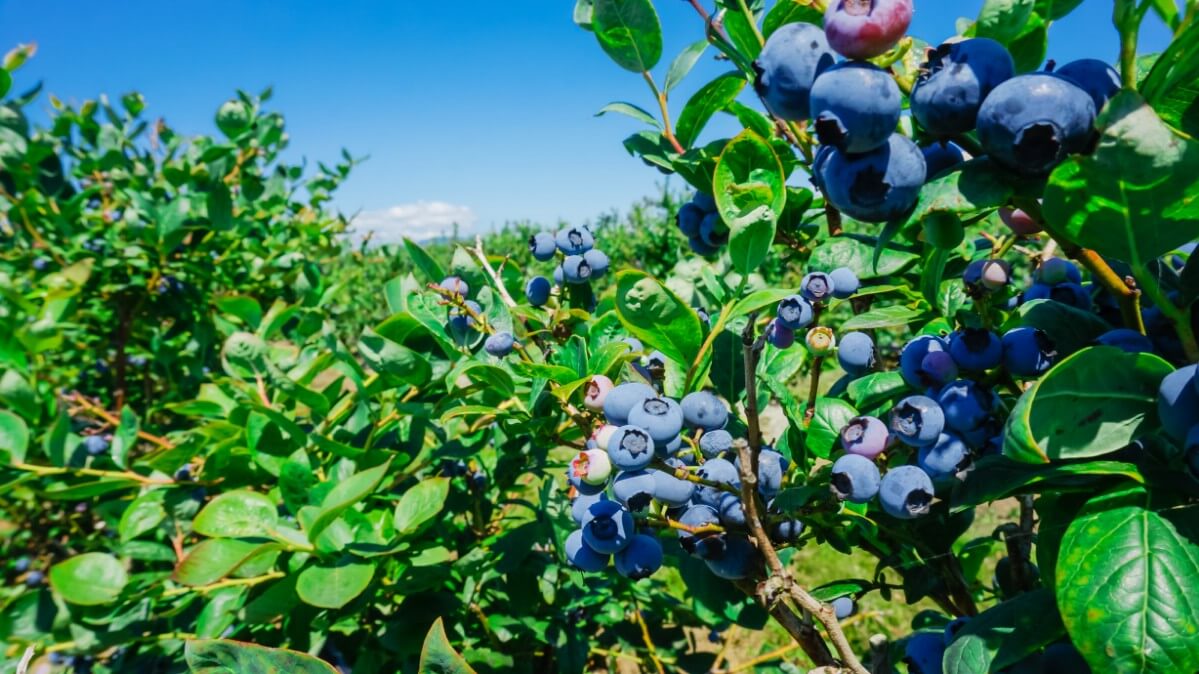
One of the first and most basic mistakes in growing blueberries is simply not trying to grow enough of them.
You might think, “I am new to this, so I will just start with one bush and see how it goes.”
Indeed, some types of blueberries are self-pollinating, as the Almanac explained. But there are plenty of blueberries that are not.
If you happen to have one blueberry bush that is not self-pollinating, it will grow, but it won’t produce a lot of fruit.
So, you need to plant at least two blueberry bushes. Indeed, the more bushes you plant and the more cultivars you include, the better.
Doing so will greatly increase the number of berries you could potentially end up harvesting, and may also extend the harvest season.
2. Growing blueberries in full or partial shade.

Thinking about planting blueberries in the shade, even partial shade? Think again.
Blueberries love the sun, and they want as much of it as they can get. So, planting them in shade is a mistake.
Instead, plant them where they will get as much sunlight as possible. You will have far better results.
3. Trying to plant blueberries in alkaline soil.
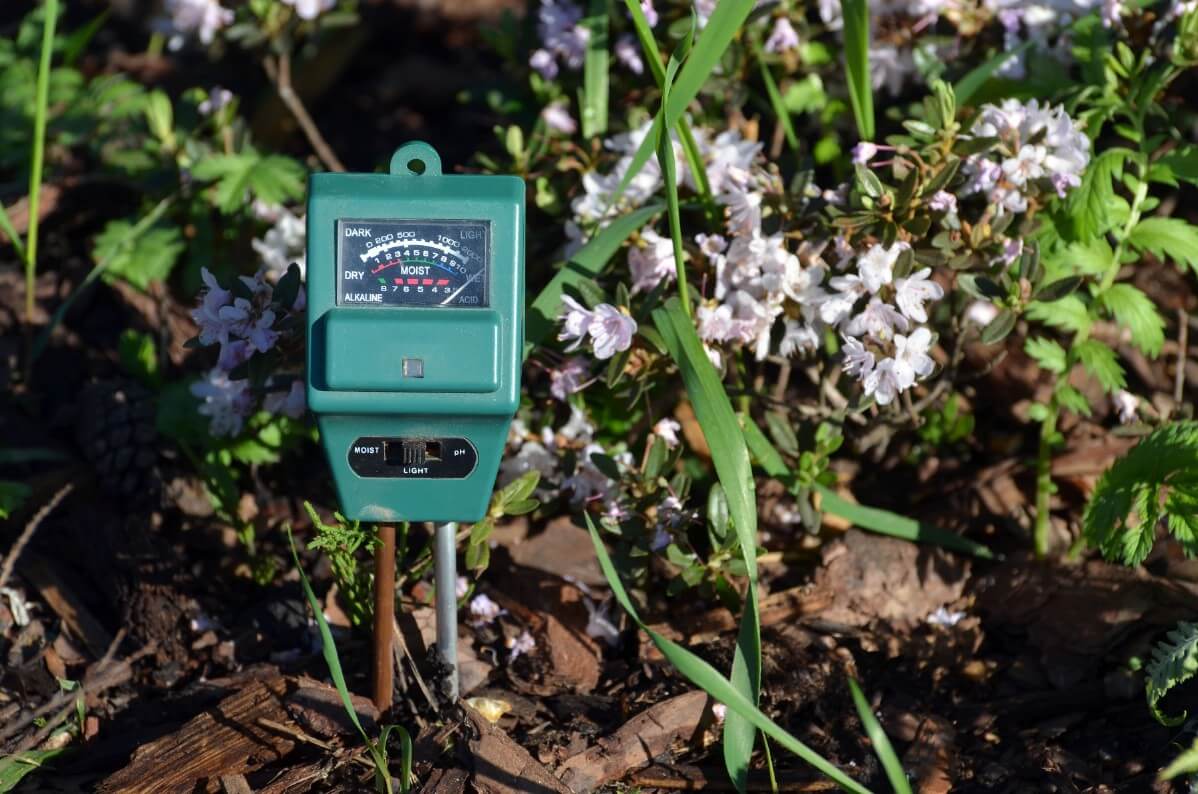
You should not try to plant blueberries without checking the pH of your soil. If your soil’s pH is not adequately acidic (in the range of around pH 4.5-5.5), your blueberries are not going to do very well.
Nevertheless, The Old Farmer’s Almanac says, “Don’t listen to the garden experts with their admonitions about blueberries needing acid soil. Not true! While blueberry bushes do require soil with low pH (about 4.5 to 5.5) that is porous, you don’t have to replace your alkaline or clay soil. Just amend the planting area. What I did was to stake out a 3x9-foot bed for the four bushes I planted. I added a bale of peat and a cup of soil sulfur to the existing alkaline soil. “
The author explains that peat and sulfur can lower the pH from around 7.3 to 5.2.
4. Mulching improperly or not at all.

Sometimes beginning blueberry planters do not take the time and effort to mulch around their bushes.
But mulching is necessary for these plants. If you fail to mulch, the roots are going to get too dry. Mulching helps to lock in moisture and protect the root structure.
That being said, if you are not careful when you are mulching, that may also be a mistake. It is easy to damage the shallow blueberry roots, as they can be delicate.
5. Not planting in soil that drains adequately.

Does water tend to pool in your garden? If so, that is going to cause problems when you are growing blueberries.
You need your soil to be well-drained. It should be moist, but water should not stand around your blueberries.
6. Not catching problems with fungus or blight in time.
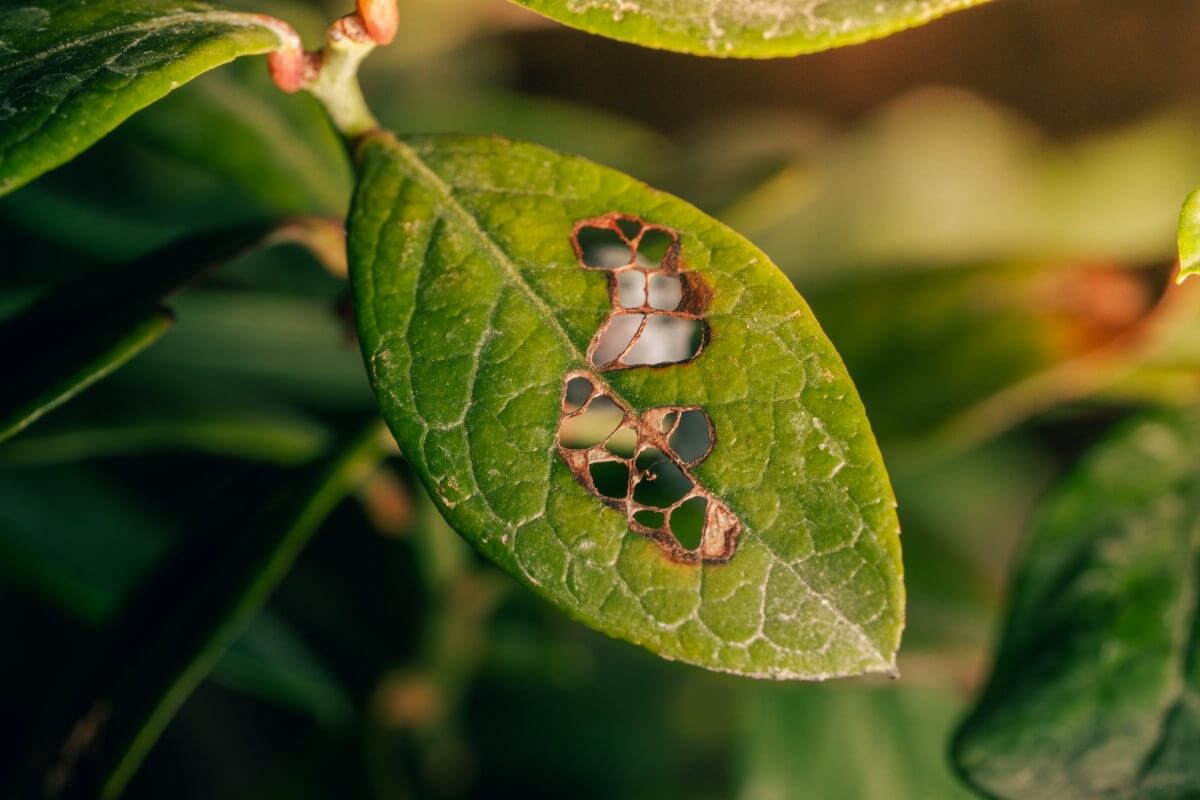
Usually, blueberry plants are pretty disease-resistant. That can cause beginners growing them to think, however, that they are entirely disease-proof.
If you ignore your blueberries with the assumption that nothing of this nature can happen to them, some issues may set in before you can get them under control.
One example is stem blight, which in particular tends to affect Bounty or Blue Chip blueberries. But if you catch the signs early enough, you can cut away the affected stems.
Another example is a fungus called “mummy berry.” Once again, if you can catch it in time, you can remove the affected fruit and get the problem in hand. You also can use a fungicide to fight it.
Avoid These Mistakes and Look Forward to Delicious Blueberries
Now you know some of the most common mistakes that novice gardeners make when attempting to grow blueberries.
Growing blueberries don’t have to be challenging, especially if you manage to avoid making these mistakes.
Good luck, and continue exploring our site for more gardening tips and tricks!

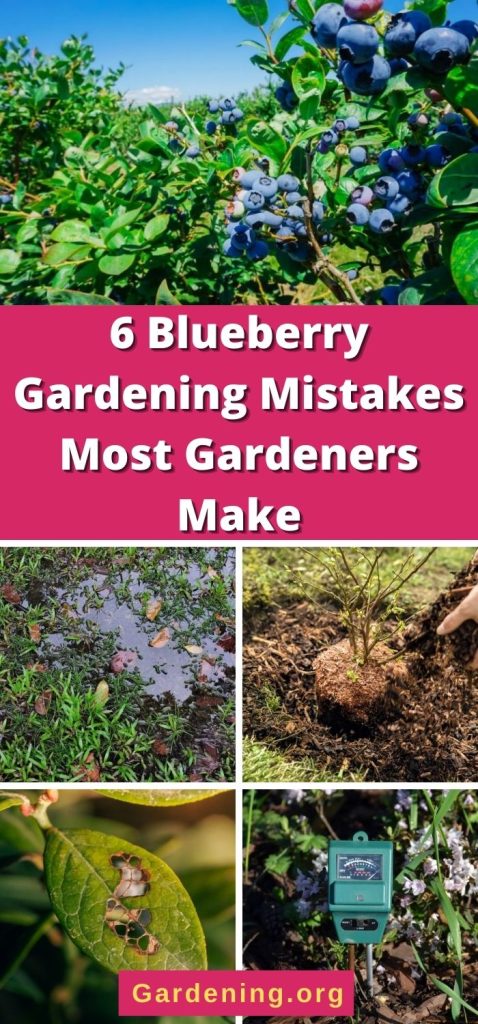
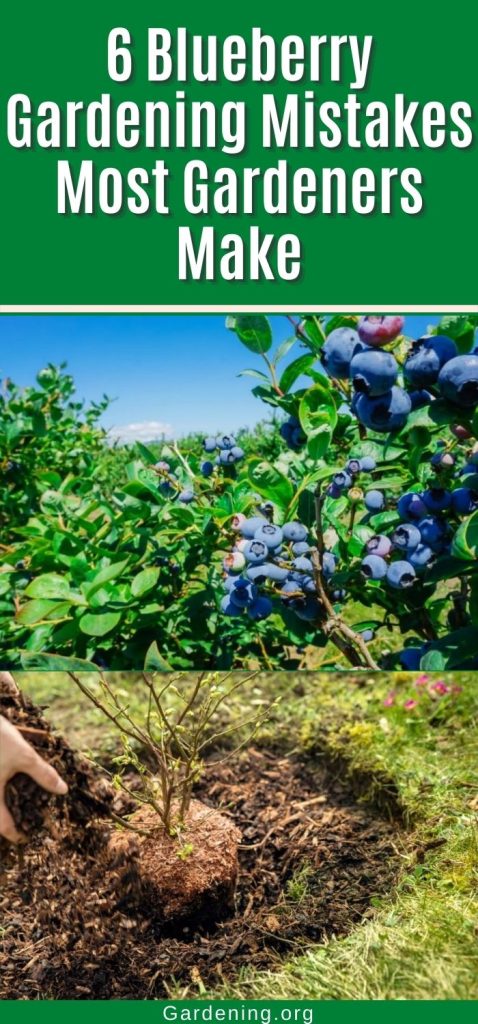
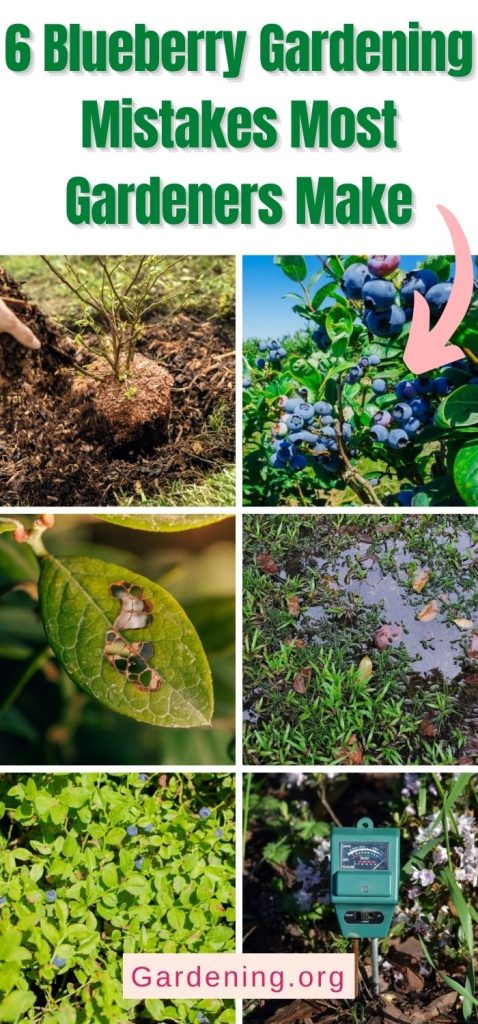
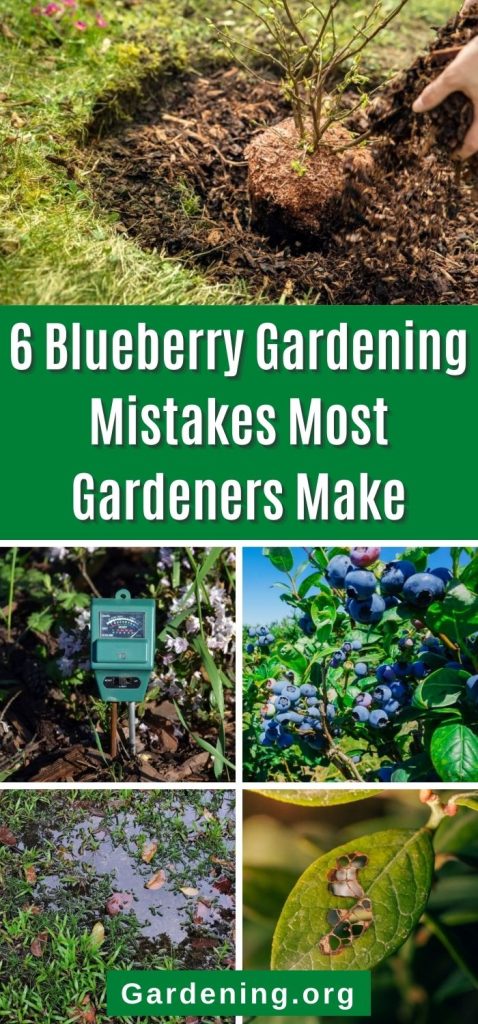
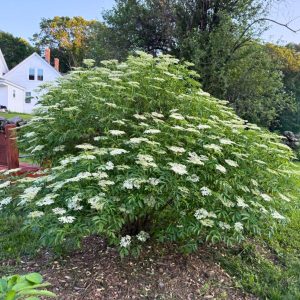
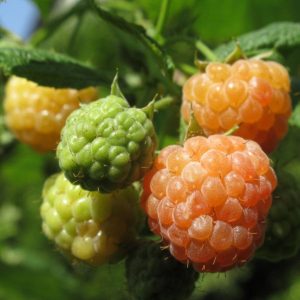

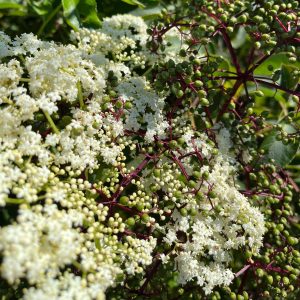
Mary Coakley
From a email green manure so very informative had heard of it but no idea Thanks